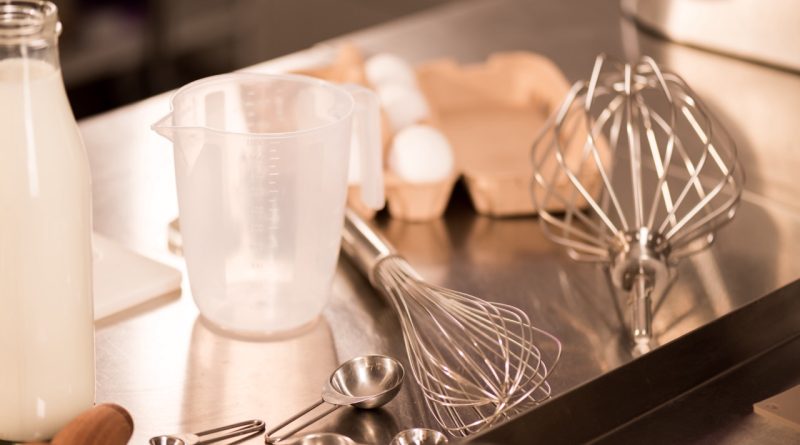The Difference Between Zwilling And J.A. Henckels
When it comes to high-quality kitchen knives, Zwilling and J.A. Henckels often emerge as two of the most recognized names in the culinary world. Both brands share a common heritage, yet they offer distinct features that can influence a chef’s choice. Understanding the nuances between these two brands can help home cooks and professional chefs alike make informed decisions about their kitchen tools.
Understanding the Heritage of Zwilling and J.A. Henckels
Zwilling, established in 1731, is one of the oldest and most prestigious cutlery brands in the world. The name "Zwilling" translates to "twin," symbolizing the brand’s logo of two twins. The brand has built a reputation for quality and craftsmanship, often emphasizing their German roots in knife-making. Zwilling has evolved over the centuries, expanding its product line to include cookware, kitchen utensils, and more, but its core focus remains on producing high-quality knives.
On the other hand, J.A. Henckels was founded in 1895 by Johann Abraham Henckels and is often seen as Zwilling’s sibling brand. While Zwilling is synonymous with premium knives, J.A. Henckels has positioned itself as a more accessible option, offering various lines that cater to different price points while still maintaining a commitment to quality. This distinction allows both brands to serve a wide range of customers, from casual home cooks to professional chefs.
Despite their different market positioning, both brands share a commitment to craftsmanship and innovation. They utilize advanced manufacturing techniques and uphold rigorous quality standards. This heritage not only adds to their reputation but also assures customers that they are investing in durable and reliable kitchen tools.
Key Differences in Knife Design and Functionality
One of the most notable differences between Zwilling and J.A. Henckels is the design philosophy behind their knives. Zwilling knives often feature a more traditional German design, characterized by a heavier blade and a bolster that provides stability. This design makes them particularly suitable for tasks requiring a bit more force, such as chopping root vegetables or breaking down larger pieces of meat.
Conversely, J.A. Henckels knives tend to have a lighter feel and a more contemporary aesthetic. The blades are often thinner, which can enhance precision when performing tasks like finely slicing herbs or filleting fish. This design can appeal to chefs who prioritize agility and finesse in their cutting techniques. The varying weights and balances can significantly affect user experience and performance, depending on individual cooking styles.
Additionally, the knife handles differ between the two brands. Zwilling typically employs a full tang design, which contributes to better weight distribution and control. J.A. Henckels offers a range of handle styles, from traditional wooden options to modern synthetic materials, allowing for a personalized grip that suits different preferences. Understanding these design differences can help chefs select the right knife for their specific culinary applications.
Material Quality: Comparing Steel and Construction Methods
When discussing material quality, both Zwilling and J.A. Henckels are generally recognized for their use of high-carbon stainless steel, which ensures durability and resistance to rust and stains. However, Zwilling often utilizes a proprietary high-performance steel known as Sigmaforge, which is stamped and forged for enhanced edge retention and ease of sharpening. This process results in knives that are not only strong but also hold their sharpness longer, making them ideal for frequent use.
In contrast, J.A. Henckels employs a variety of steel grades across its product lines. The more premium lines, like the J.A. Henckels Twin Four Star, use similar high-carbon stainless steel as Zwilling but may incorporate different heat treatments or manufacturing techniques. This variation allows J.A. Henckels to offer a wider range of knife options, appealing to both budget-conscious consumers and those willing to invest in higher-end models.
The construction methods also differ slightly, with Zwilling focusing more on the forging process, which integrates the blade and tang into a single piece of steel. J.A. Henckels, while also offering forged options, provides stamped knives that are often lighter and more affordable. Understanding these material differences can guide consumers in selecting a knife that meets their specific cooking needs and preferences.
Choosing the Right Brand for Your Culinary Needs
When deciding between Zwilling and J.A. Henckels, it’s essential to consider your culinary habits and preferences. If you frequently engage in heavy-duty tasks or require a knife that can withstand rigorous use, Zwilling’s robust design and superior edge retention may be more suitable. Their knives are often favored by chefs who prioritize durability and traditional craftsmanship.
On the other hand, if you prefer a lighter knife that offers agility and precision for more delicate tasks, J.A. Henckels might be the better choice. Their diverse range of products allows for flexibility in selecting knives tailored to specific culinary styles, making them an excellent option for home cooks who enjoy exploring various cooking techniques.
Ultimately, both brands offer exceptional quality and value. It’s advisable to handle knives from both Zwilling and J.A. Henckels before making a purchase, as comfort and balance are subjective and can significantly affect your cooking experience. Investing time in understanding your needs will help ensure that you choose the right brand and knife for your kitchen.
In conclusion, while Zwilling and J.A. Henckels share a rich heritage in knife-making, they cater to different segments of the culinary market through varying designs, functionalities, and material qualities. By understanding these differences, cooks of all skill levels can make informed decisions that enhance their culinary experience. Whether you opt for the robust craftsmanship of Zwilling or the versatile offerings from J.A. Henckels, you’ll be investing in tools that can elevate your cooking endeavors.
